The Upsetter: How To Sound Like Lee Scratch Perry
We delve into the depths of dub...
Dub pioneer Lee Scratch Perry was a mystical figure who had a major influence on recording and electronic music culture in many ways.
Like his music, Perry was a man of many colours and he went through different phases throughout his career. He began working with labels like Studio One and Amalgamated Records, before forming his own label, Upsetter Records, in 1968.
This was a particularly tumultuous time during which Perry broke ground by releasing controversial singles like People Funny Boy and Run for Cover that took shots at figures within the music industry.
He also achieved success with his studio band, The Upsetters, with an instrumental called The Return of Django in 1969. However, it was his haunting and outlandish production of The Wailers’ single Mr Brown that would set the tone for his future work as a producer.
The Lee Scratch Perry Sound
As an artist, engineer, and producer of music styles such as Dub, Reggae, and Rocksteady Soul, Perry was prolific, notably working with Bob Marley, Junior Murvin, Max Romeo, Eric Gale, and many others in his famous Black Ark Studio from 1973 to 1978.
Like many artists in Jamaica at the time, Perry didn’t have access to the latest studio gear. This didn’t bother him or hold him back, though. In fact, he developed his profoundly unique methodology by working on decidedly average equipment, as well as handmade and modified gear with a few interesting pieces here and there.
TEAC A3340
In the days of Lee Perry’s Black Ark Studio, the TEAC A3340 was the main tape recorder used in sessions, along with another TEAC 2-track recorder for mixing down.
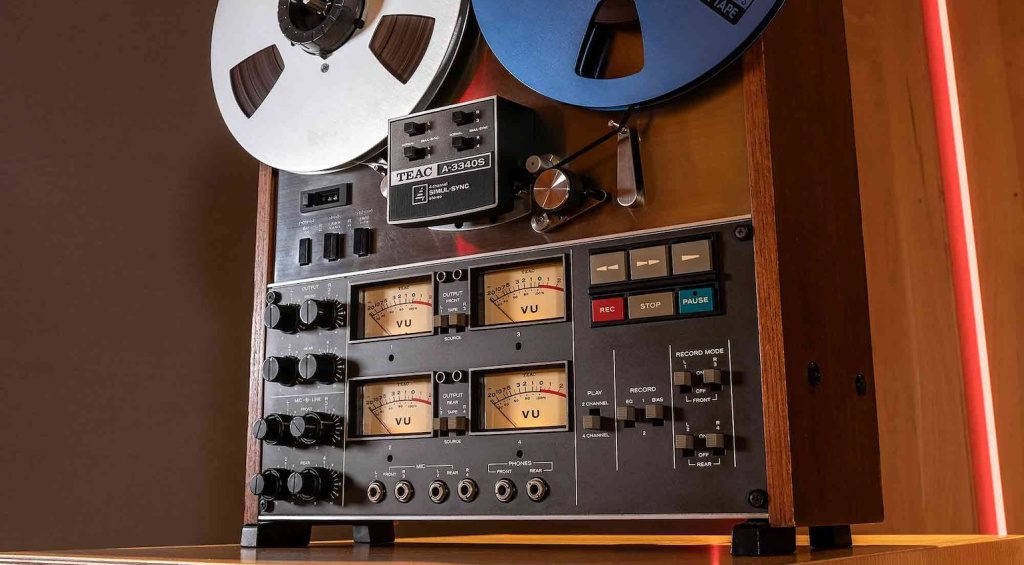
The A3340 was a quarter-inch 4-track tape machine that was released in 1972 for semi-professional or home recording use, and quickly became a hit amongst artists and was widely used throughout the 1970s.
While Perry’s apparent practice of breathing the smoke from a certain medicinal plant onto his tape reels may have worked wonders for him, there’s no tangible evidence of its effect on the sound.
You too can take the tape route, and with a correctly calibrated machine and good-quality tape. Alternatively, the T-Racks Tascam Tape Collection from IK Multimedia has a detailed software recreation of the A3340.
- More about Tape

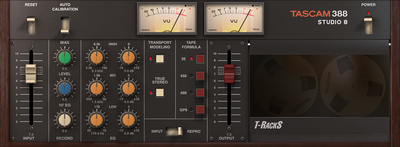

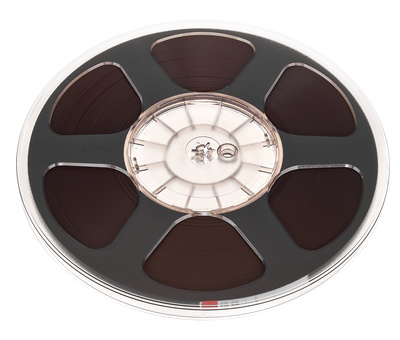
Grampian 636 Spring Reverb
While some dub artists like Mad Professor condemned spring reverb, the Grampian 636 was a main fixture in the Black Ark Studio, imbuing its character on many recordings.
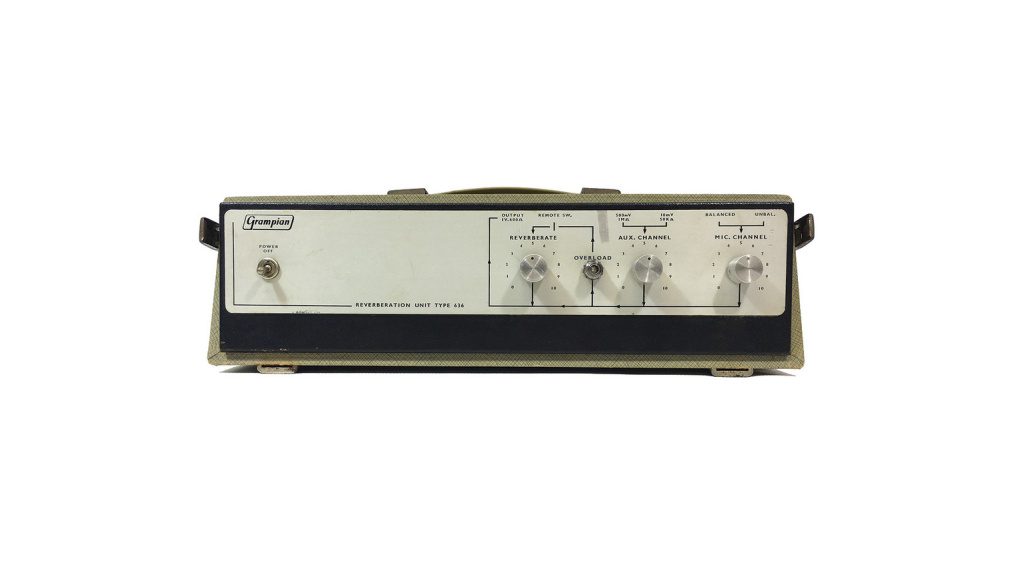
For a spring reverb, the 636 is unbelievably clean-sounding and creates a sense of space without allowing sounds to get lost in the mix. Another key aspect of the 636’s allure is its preamp, which can subtly introduce colour or create distortion effects.
The key to using spring reverb in a dub context is to use it as a parallel effect on the aux sends of a mixing desk. This gives you real-time control to send any channel to the spring reverb in varying amounts.
The 636 and its subsequent recreations have always been sought-after pieces of studio kit, but never before has it been more accessible than the Behringer Spring Reverberation 636.
- More about Spring Reverb

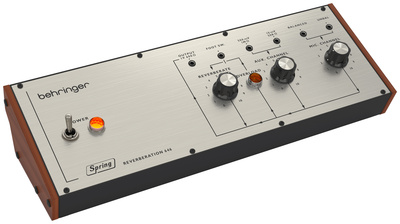
Roland Space Echo RE-201
The Roland Space Echo was first introduced in 1974, making it a prime Black Ark era piece of gear. It combines a tape echo and a spring reverb in one easy-to-use and very tweakable unit.
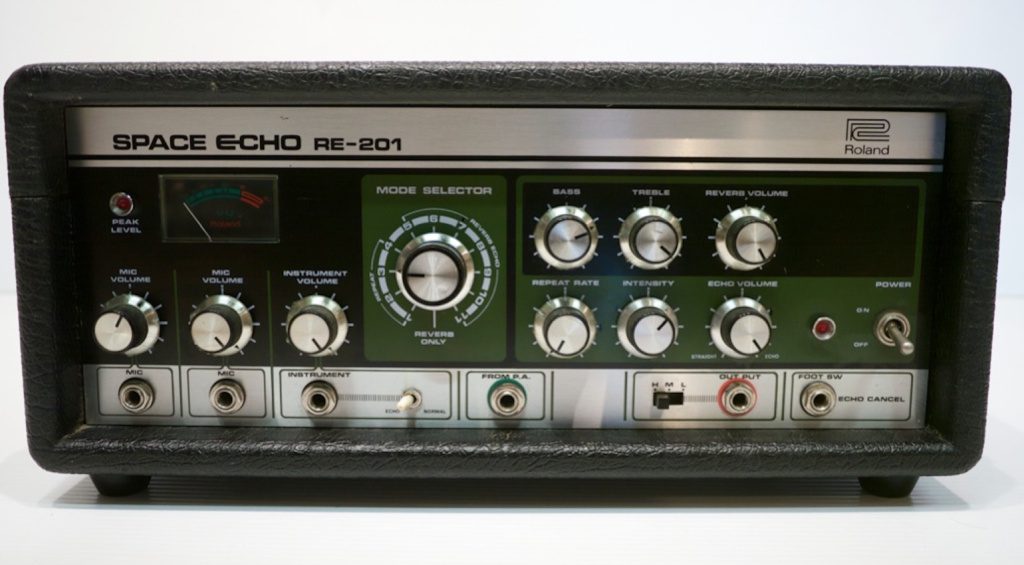
The main control knob selects a different configuration of tape heads, spring reverb settings, or a combination of both. Meanwhile, the range of knobs includes EQ for the reverb, and intensity and rate controls for the tape echo.
Besides its unique sound, the Space Echo is popular because it allows you to easily manipulate sounds with a performance-orientated approach. For this reason, it is a perfect tool for dub music and essential to Lee Perry’s sound.
A more compact, and lightweight option is the Boss RE-202, which adds controls for Saturation and Wow & Flutter. Meanwhile, there are many other ways to create the sound of the Space Echo, so be sure to check out this post for more details.
- Space Echo Alternatives

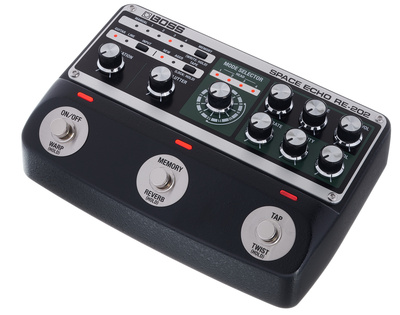
Mu-Tron Bi-Phase
Another key aspect of the Lee Perry sound is the Mu-Tron Bi-Phase pedal that he used for delay effects. Unsurprisingly, the Bi-Phase was also released in 1974, using photocell circuitry which offered a wider dynamic range than the average FET phaser.
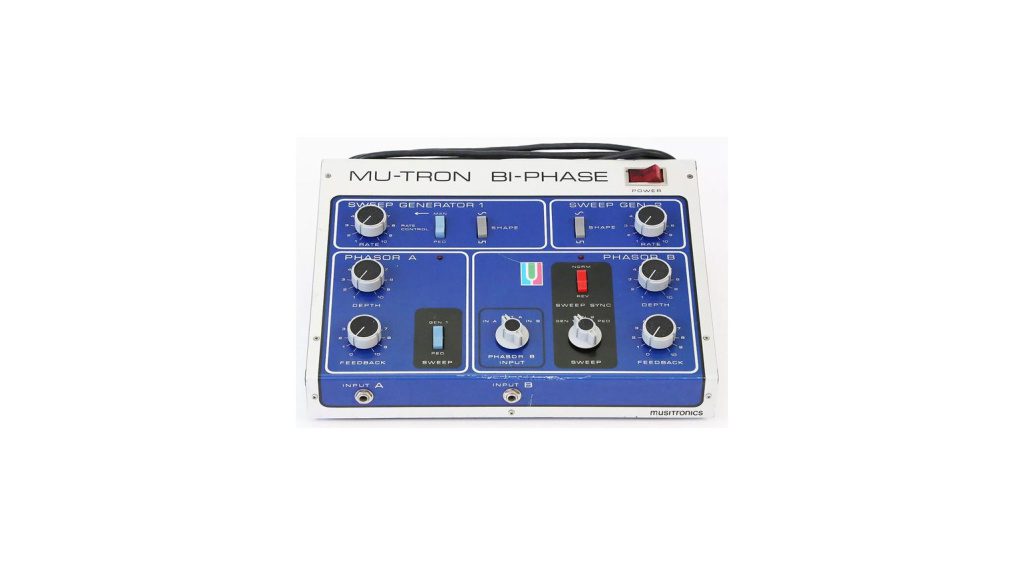
One of the core elements that makes the Bi-Phase unique is the feedback controls. This allows you to emphasize the peaks within the phase shift loop where no cancellation was present, resulting in that fat, colourful sound we love.
The Bi-Phase is particularly effective when stacked on dub delays, so each step is coloured in a slightly different way. The beauty of the effect is that it’s far from being a one-trick pony, hence the range of artists that have created great sounds with Bi-Phase also includes Billy Corgan of the Smashing Pumpkins.
As a modern alternative, the Behringer Dual-Phase gives you a recreation of the Bi-Phase without paying vintage prices, and it also has CV input for external control.
- More about Phaser Effects

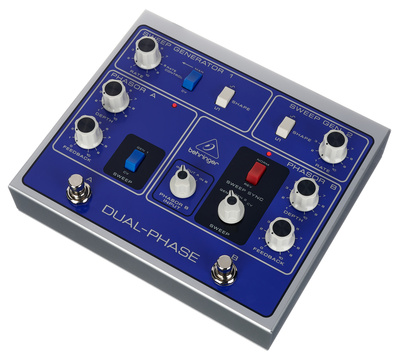
Alice Mixing Console
Finally, at the center of the Black Ark Studio, was an Alice Mixing Console. This colourful-looking board was in fact designed for broadcast purposes and never regarded as a professional console by Lee Perry.
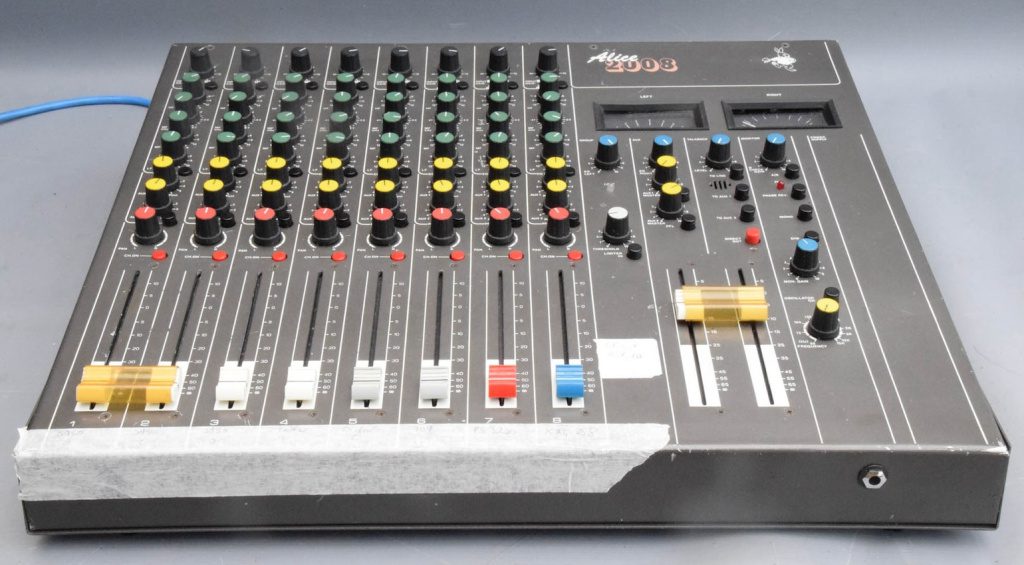
However, although they lack the same routing options as recording consoles, broadcast desks are generally equipped with great preamps and EQs due to the focus on speech intelligibility.
Moreover, Alice consoles specifically had impressive headroom for mixers in the 1970s in their price range. What’s more, there was a built-in stereo limiter on the output which ensured that your signal didn’t melt the tape.
Which mixing desk should you use for creating dub music? Undoubtedly, one with a wealth of aux sends like the Allen & Heath MixWizard WZ4.
- More about Alice

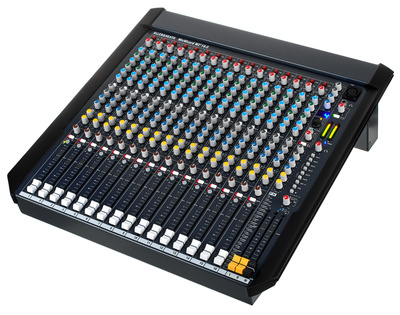
Which of your favourite artists would you like to see in our Sound-alike series? Please let us know in the comments below!
More about Lee Scratch Perry:
- Lee Perry’s Linktree
- More Sound-alikes
- Creating dub delays
*Note: This article contains promotional links that help us fund our site. Don’t worry: the price for you always stays the same! If you buy something through these links, we will receive a small commission. Thank you for your support!
2 responses to “The Upsetter: How To Sound Like Lee Scratch Perry”


 4,7 / 5,0 |
4,7 / 5,0 | 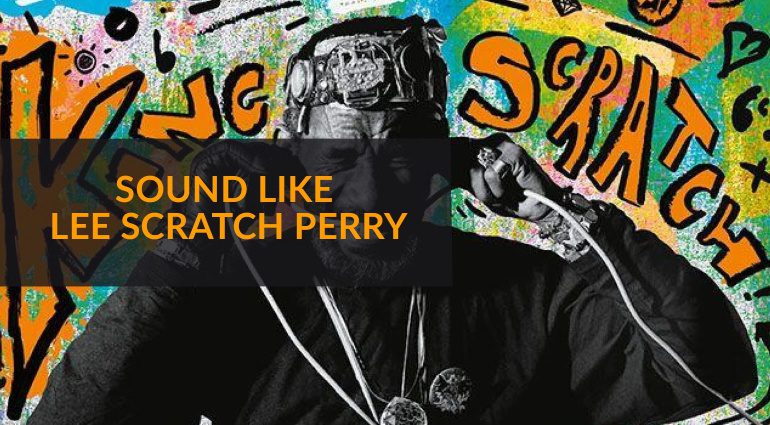


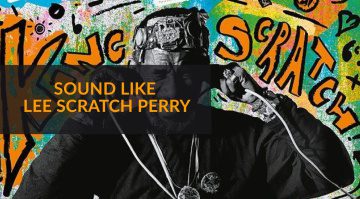

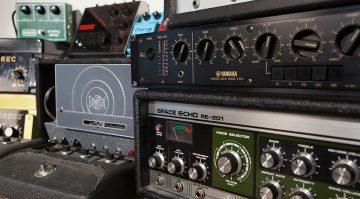
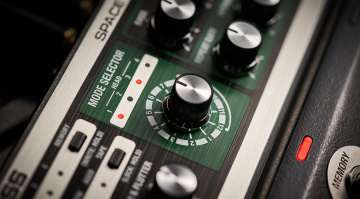
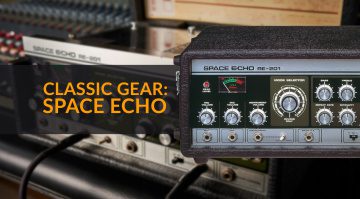
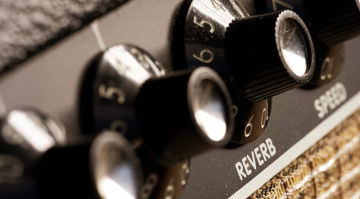

you can drive a spring reverb with headphone amps and get the sound back though HiZ or mic inputs.
Tank:
– input 150/200 ohms = headphone amp (or line to mixtable with headphone outputs).
– outputs 2500/2600 ohms = to HiZ inputs
– output 500/600 ohms = to mic inputs.
That way you can make a stereo spring reverb cheaper than 150 euros, and it’s modular.
I am interested in studio gear in approximately year 1969 Jamaica – and wonder if anyone knows which studio Lee ‘Scratch’ Perry used to produce his Return of Django with the Upsetters.